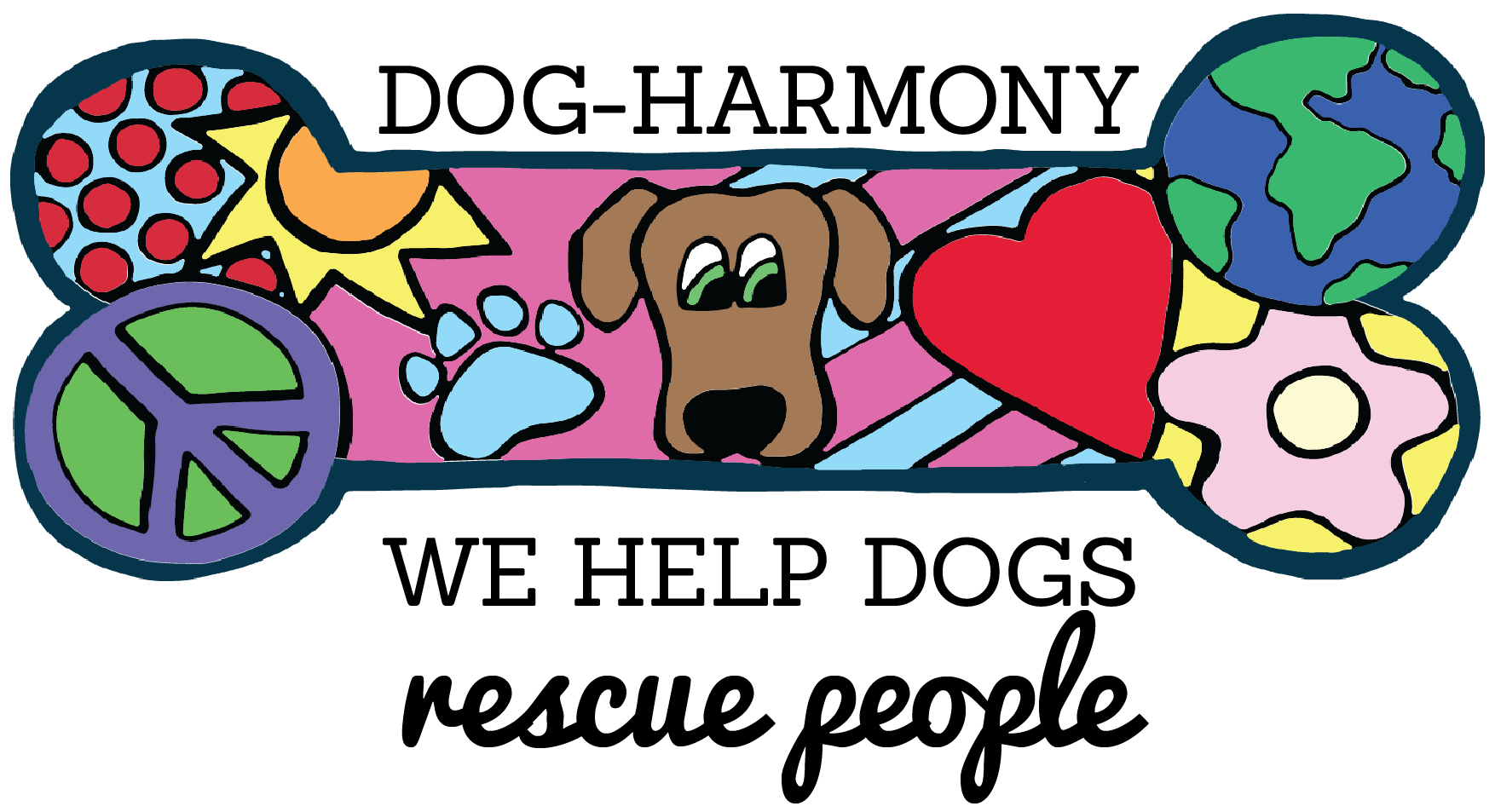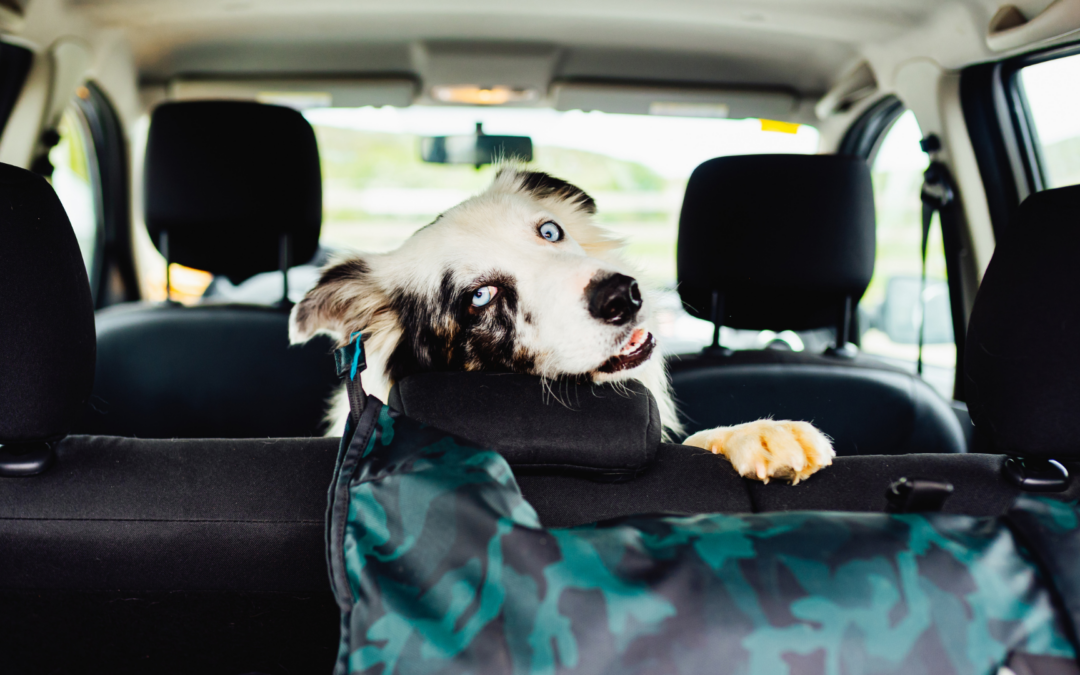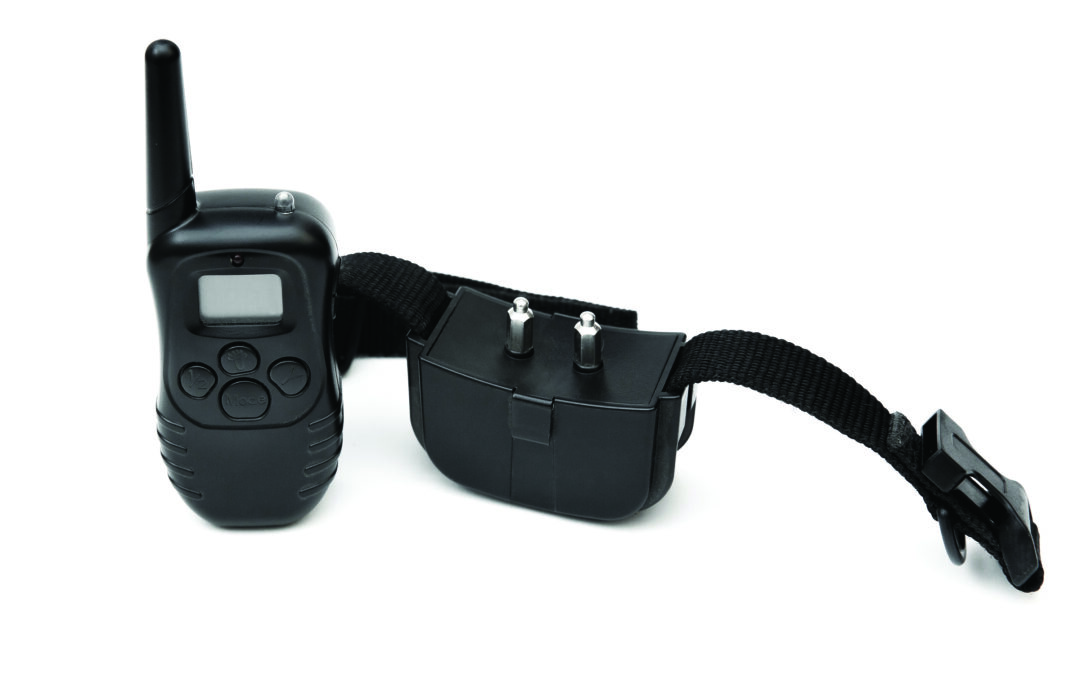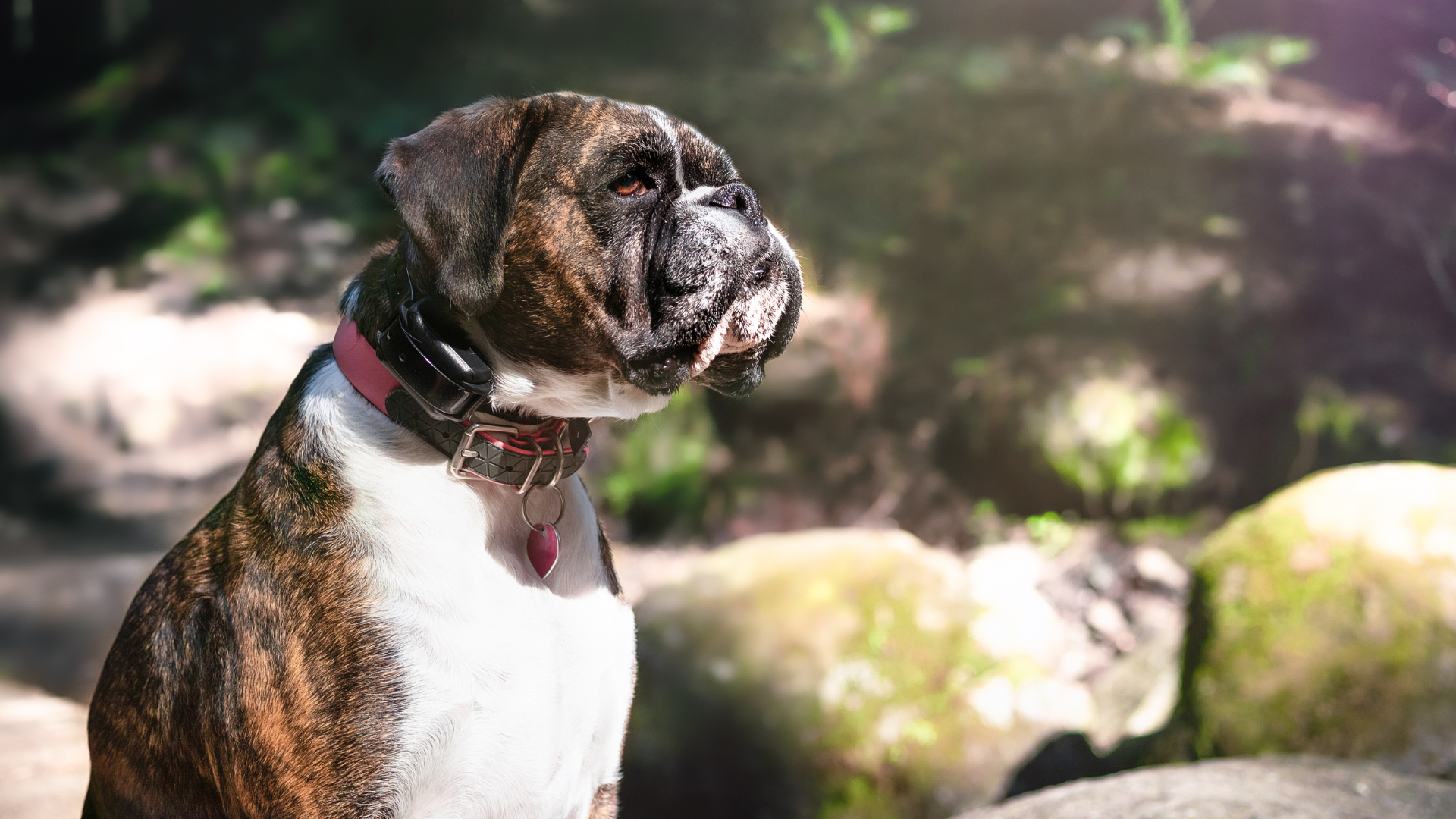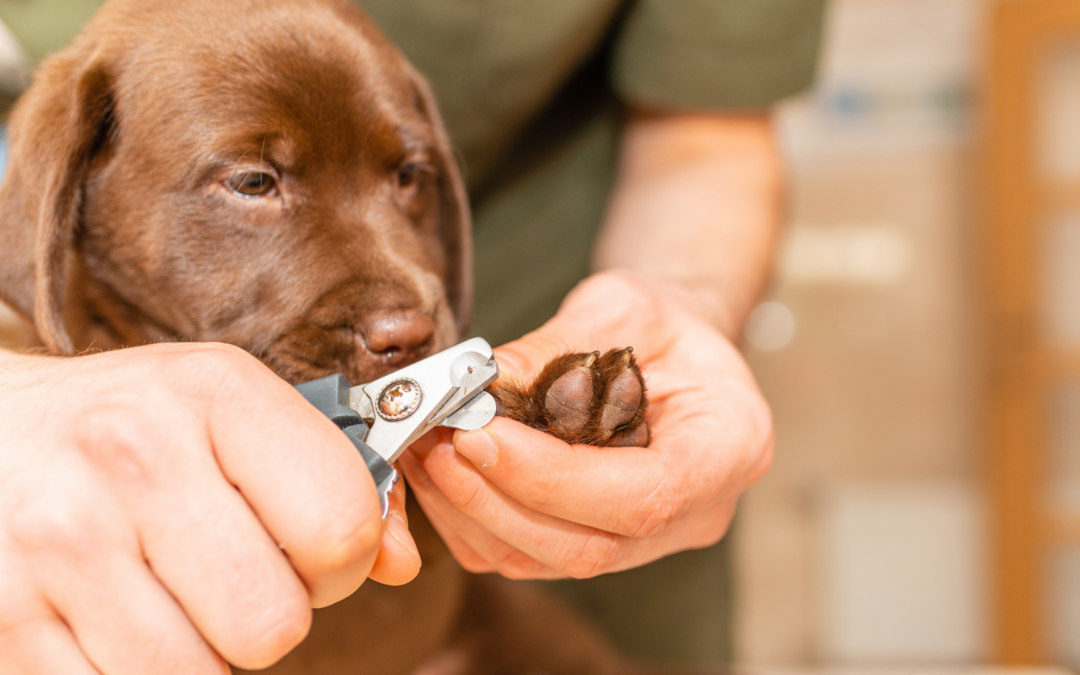Written by Debbie Revell, RN, Dip CABT, CDBC, ACCBD
Dog training has seen an increasing number of pet dogs with problem behaviors due to harsh training methods, especially electronic stimulation devices such as shock collars or e-collars. Unfortunately, well-intentioned dog owners looking for a quick fix are hiring trainers who use shock collars or are buying shock collars and attempting to train dogs themselves.
Countless pieces of evidence indicate that rather than speeding up the learning process, electronic stimulation devices slow it down, place great stress on the animal, can result in both short-term and long-term psychological damage, and lead to fearful, anxious, and/or aggressive behavior. Some dogs also are physically injured due to abuse of, misuse of, or malfunction of the equipment.
Humane training methods not only solve the problems at hand but also are less likely to cause more problems down the road. Skillful training builds calm and cooperative behaviors in dogs through the structured use of reward-based training.
Position Statements
Dog-Harmony
It is the position of Dog-Harmony training that the use of electronic stimulation collars on pets is not necessary for effective behavior modification or training and is damaging to the animal.
Electronic stimulation devices include products often referred to as e-collars, training collars, e-touch, stimulation, tingle, TENS unit collars, remote trainers, or e-prods. They have been banned in Scotland, Austria, Germany, Switzerland, Slovenia, Denmark, Sweden, Norway, and Finland, the province of Quebec in Canada, and the states of New South Wales, the Australian Capital Territory, and South Australia in Australia.
In the United States, major names and organizations, such as the Humane Society of the United States and the American Veterinary Society of Animal Behavior (AVSAB), have also made position statements against shock collars.
Dr. Karen Overall, MA, DVM, PhD
Renowned Veterinary Behaviorist Dr. Karen Overall states that shock collars “violate the principles of three of five freedoms that define adequate welfare for animals: freedom from pain, injury, and disease, freedom to express normal behavior, and freedom from fear and distress.”
Dr. Overall is referring to Roger Brambell’s Five Freedoms which have been a standard for assessing animal welfare since 1965.
